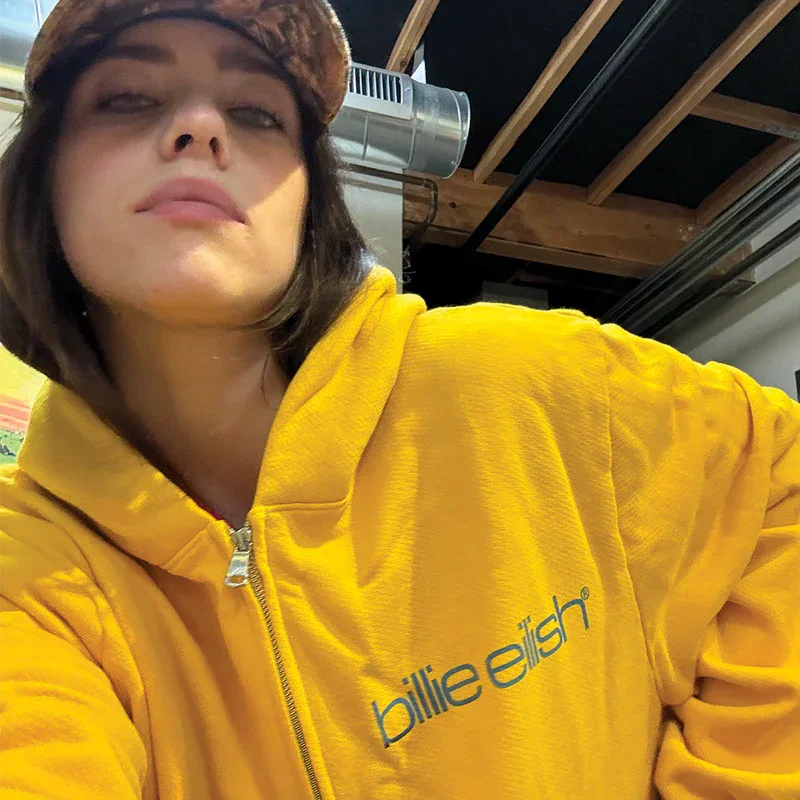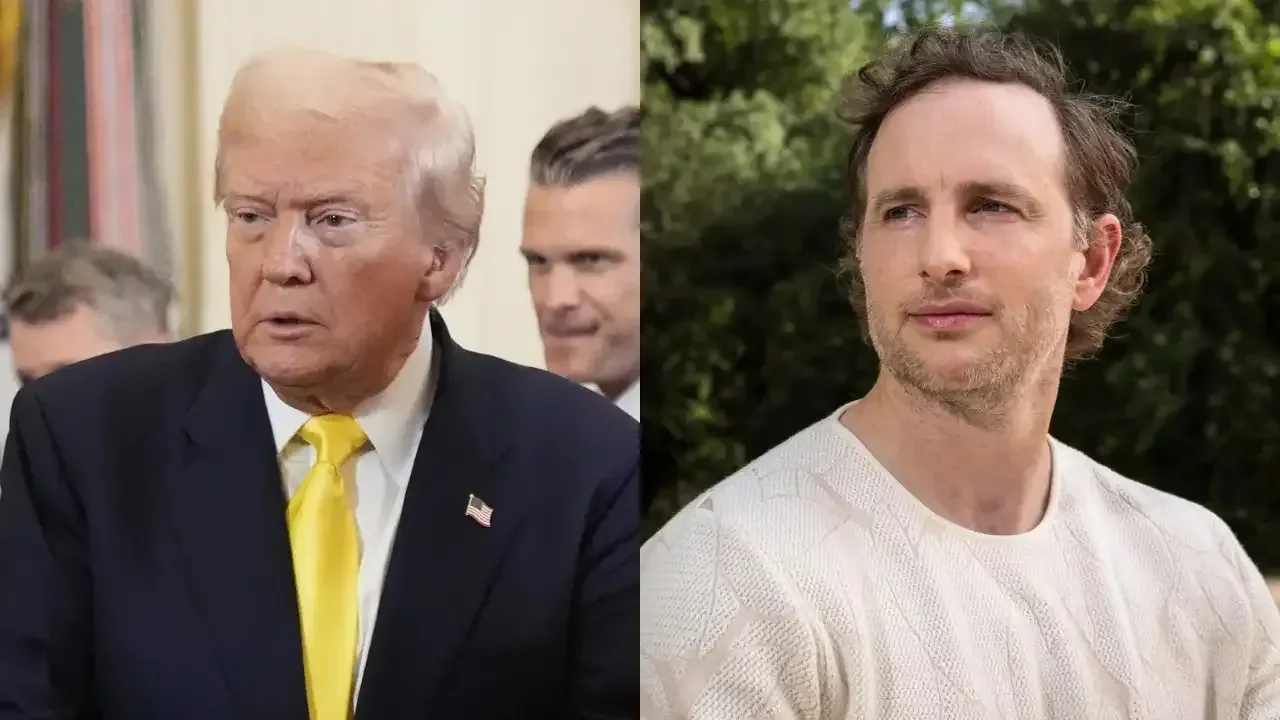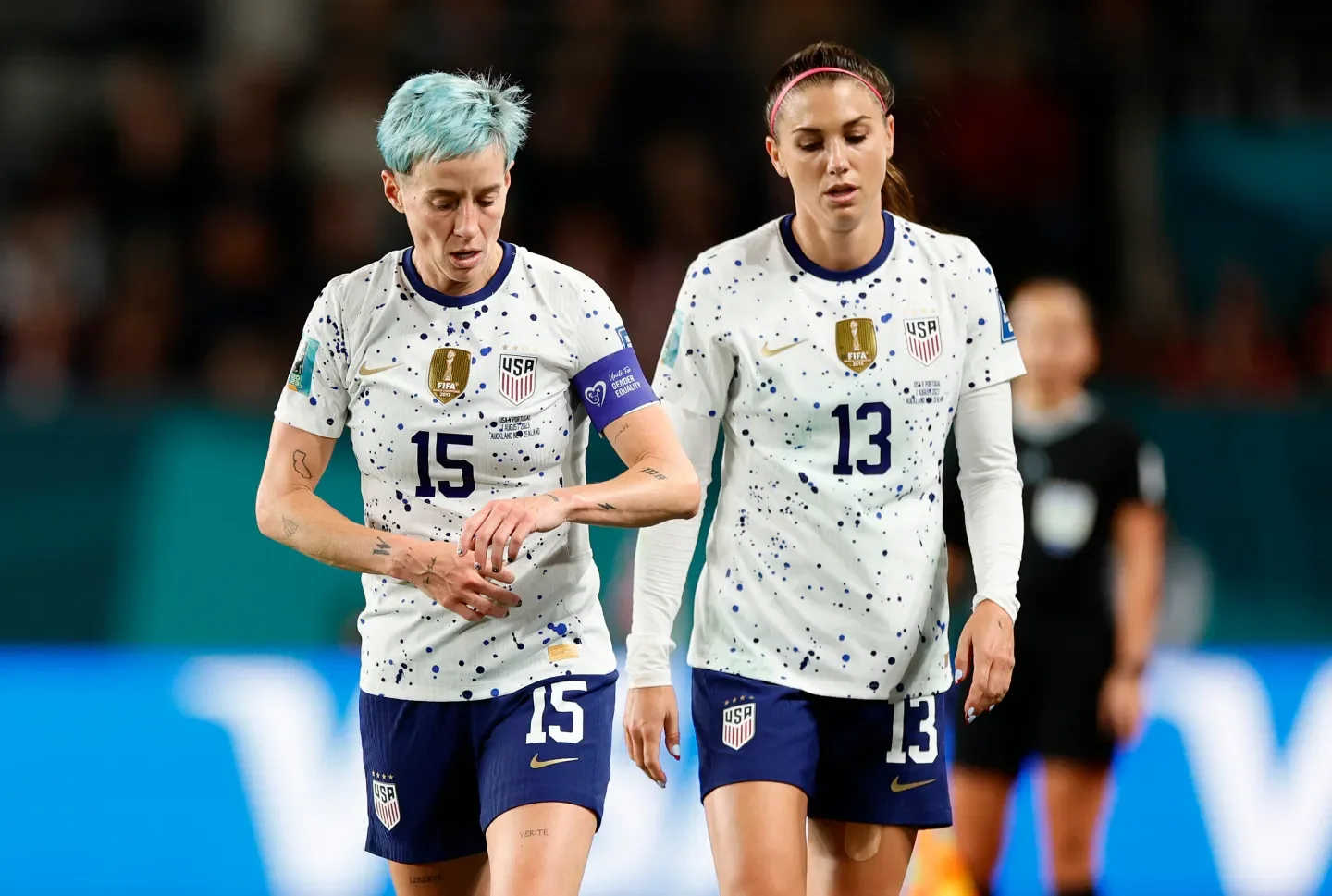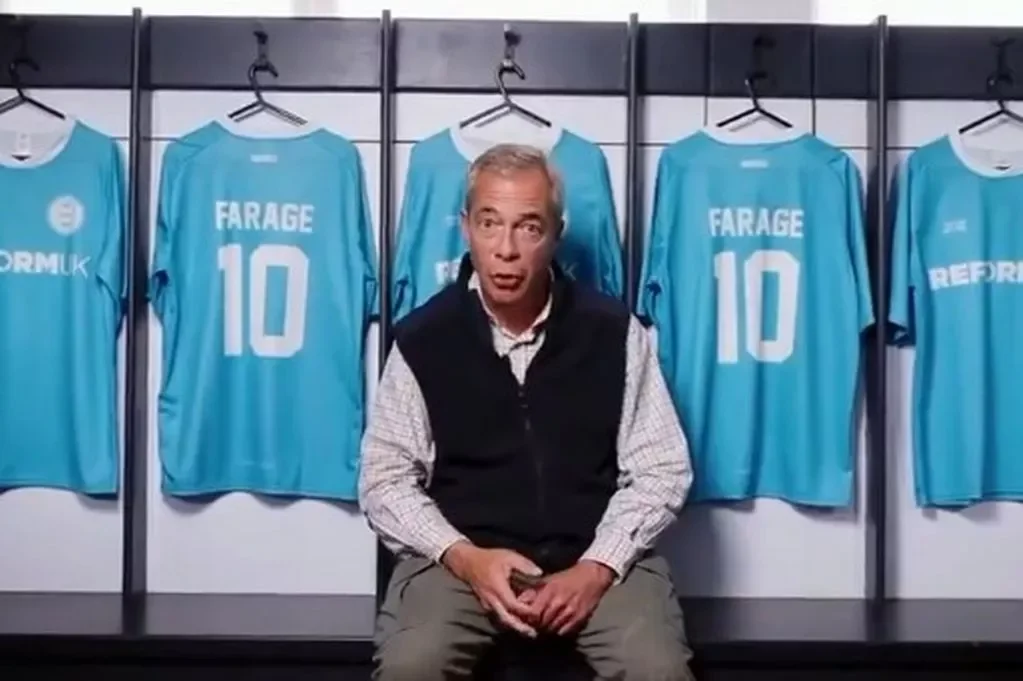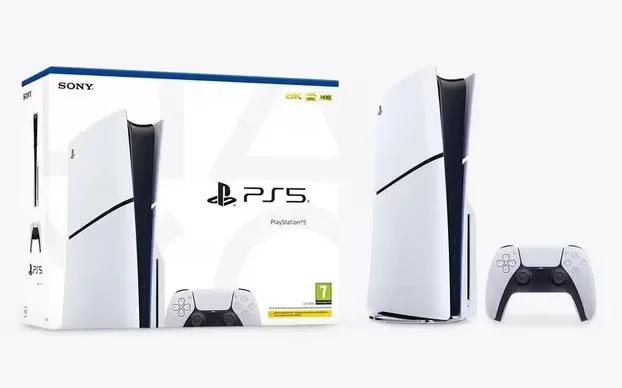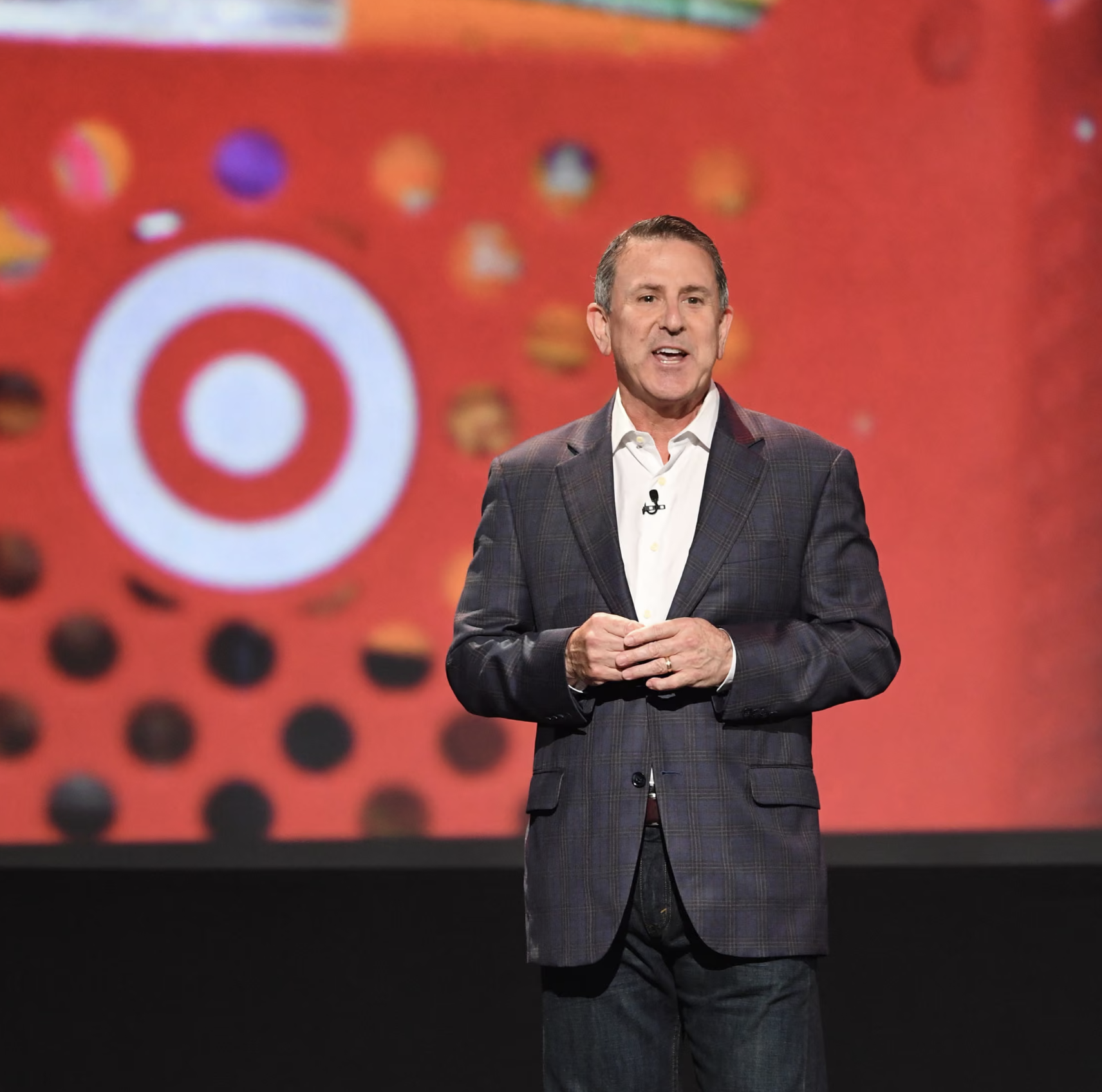A Designer Who Changed the Language of Elegance
Giorgio Armani’s passing at 91 marks the end of an era in fashion. He was not simply a couturier but an architect of modern luxury. Where others chased spectacle, Armani built permanence. His softly tailored suits, muted palettes, and fluid lines reshaped how power, elegance, and restraint were communicated in culture.
The Power of Restraint
Launching his label in 1975, Armani rejected the maximalism of the time. Instead, he created clothing that projected confidence without ostentation. His softly deconstructed jackets freed both men and women from the rigidity of tailoring. For women, Armani’s work became a uniform of empowerment in the corporate 1980s. For men, it introduced sophistication with ease. This clarity of vision turned simplicity into cultural strength.
Hollywood as Myth-Maker
Armani understood that cinema could amplify fashion’s cultural role. Richard Gere’s American Gigolo wardrobe made Armani shorthand for sensual modernity. Julia Roberts’ oversized Armani suit at the 1990 Golden Globes reframed what glamour could look like. The red carpet became his runway - proof that Hollywood was not just a showcase but a story machine. Armani embedded his aesthetic in narrative, not just in fabric.
Independence as Strategy
What made Armani unique was not only his design, but his refusal to be absorbed by conglomerates. He retained private control, shaping a $4 billion empire on his own terms. Independence gave Armani coherence. Every line - from Emporio Armani to Armani Hotels - carried the same disciplined DNA. In an age where scale was the goal, Armani showed that autonomy could itself be a form of cultural capital.
Pivotal Moments in Armani’s Career
1975 — Founded Giorgio Armani with Sergio Galeotti, marking the beginning of a new era in ready-to-wear fashion.
1980 — American Gigolo debuts; Richard Gere in Armani turns the designer into a global household name.
1981 — Launch of Emporio Armani, making designer style accessible to a younger generation.
1980s–1990s — Armani suit becomes the uniform of corporate ambition and Hollywood glamour.
2000 — Opened the first Armani Hotel in Dubai, signalling fashion’s expansion into full lifestyle branding.
2007 — Publicly bans underweight models, taking a stand on health and representation in fashion.
2010s–2020s — Remains one of the few independent luxury houses, preserving integrity against industry consolidation.
Lessons for Brands Today
Armani’s life is not just a story of design, but of strategy:
Restraint as radical: In a world of noise, clarity and understatement can cut through more powerfully than excess.
Consistency as equity: Every Armani venture - from fragrance to furniture - carried the same DNA, proving coherence builds trust.
Independence as strength: His refusal to sell reinforced cultural credibility; autonomy can itself be a form of brand capital.
Cinema as culture: Armani’s partnership with Hollywood showed how storytelling magnifies brand influence far beyond product.
A Human Reflection
In one of his final interviews, Armani admitted his greatest regret was devoting too much to work and not enough to family. It is a reminder that behind the empire stood a man of discipline, sacrifice, and humanity. His legacy is timeless elegance - but also a lesson in balance for today’s leaders.
What Endures
Armani’s name will remain on suits, hotels, fragrances, and homes. But his true legacy is less tangible: the proof that clarity, independence, and restraint can create influence that lasts far longer than trend cycles. In Armani’s world, elegance was never about noise - it was about integrity.




